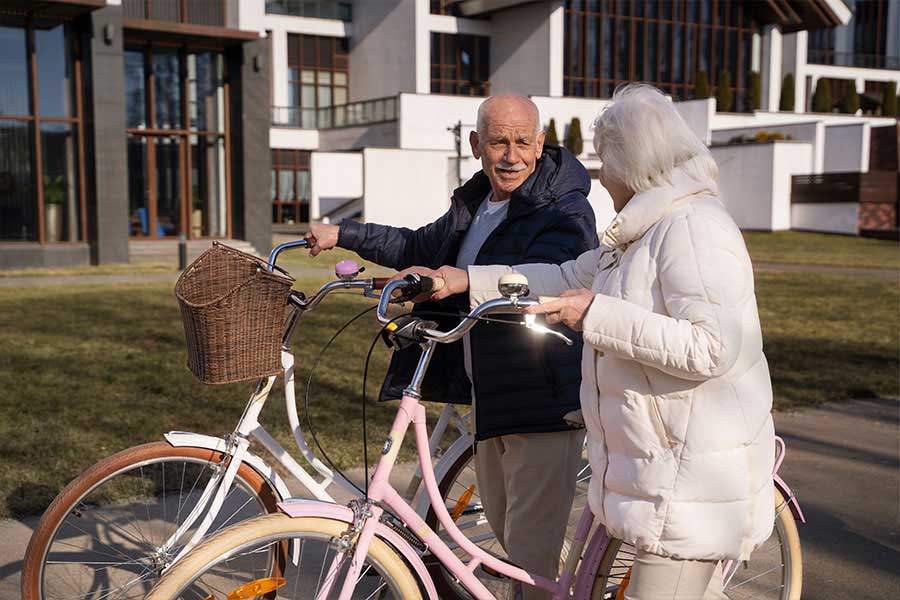Passenger elevators are designed to deliver people in between floors in buildings, and their dimensions can differ dramatically based on use. Typical passenger elevator dimensions in commercial structures might vary from 5 feet by 7 feet to fit wheelchairs and various other wheelchair help. The typical expenses for setting up a commercial elevator can range from $25,000 to upwards of $100,000, greatly dependent on building specs, elevator version, and needed modifications to existing structures.
Tipping better right into specialized elevator types, we experience cargo elevators or freight elevators, which are designed especially to lug items and products instead than passengers. The average freight elevator cost can differ considerably, typically ranging from $20,000 to $75,000, affected by elements like lift installation, layout, and capability complexity. Additionally, as the need for modernization expands, lots of services and building owners are thinking about elevator modernization, which entails upgrading existing elevator systems to enhance efficiency, security, and conformity with present codes.
Escalators, another vital component of modern-day transportation systems in buildings, offer seamless transitions in between different degrees, especially in high-traffic locations such as purchasing malls, airport terminals, and transportation terminals. Understanding the subtleties of escalator installation costs is necessary for companies looking to incorporate these systems right into their centers, as they can be considerable, varying from $30,000 to $100,000 based on length, installation ins and outs, and neighborhood labor rates.
In residential setups, home elevators are coming to be significantly popular as they use an added layer of ease and deluxe. Residential glass elevators especially have obtained traction as a result of their visual appeal and ability to mix into modern building styles. Home elevator manufacturers comprehend this trend and create styles customized for residential construction to guarantee reliable room application and elegant styles. Home elevator dimensions can differ based on versions, with portable designs ensuring expediency for smaller homes, while bigger designs deal with more large settings. The cost for a home elevator can normally range from $15,000 to over $50,000, influenced strongly by system type, products utilized, and installation complexities.
Popular amongst high-end homes, outdoor elevators come with specialized layouts to guarantee that they run securely and effectively no matter of climate conditions. The arrival of panoramic elevators has actually additionally transformed the way designers visualize upright transportation, supplying spectacular sights as one traverses between floorings, considerably boosting the passenger experience.
Not as prominent as typical passenger or freight elevators, they are a specific niche market with constant need. The different types of elevators, including traction elevators, hydraulic lifts, and gearless systems, are made to meet particular needs dictated by the building’s requirements and customer preferences.
In terms of operational modern technology, traction elevators, powered by a system of pulley-blocks and cables, are favored in high-rise structures for their power efficiency and smooth adventures. Hydraulic lifts, on the other hand, make use of a piston device to lift and reduce the elevator car.
For companies considering the advantages of service elevators versus passenger elevators, it’s important to identify that both serve distinct objectives within a building. Service elevators are used largely for transporting goods and workers included in shop procedures, guaranteeing that visitors in passenger elevators are not disrupted by back-of-house tasks. In atmospheres like hospitals, resorts, or offices, distinguishing between these elevator types is critical for functional efficiencies.
Overall, the elevator industry is continuously evolving, including ingenious products to satisfy the altering demands of individuals, including versions created for sustainability and effectiveness. As cities grow and home programmers seek to make best use of upright space, the need for advanced elevator services– whether for passenger transit, products transportation, or aesthetic improvements– proceeds to grow. Analyzing expenses, functionalities, and types of escalators and elevators continues to be vital for both job coordinators and possible users, guaranteeing an educated choice pertaining to building vertical transportation services. With developments in modern technology and manufacturing processes, the future of escalators and elevators promises to change urban landscapes while promoting accessibility and comfort for every specific going across multi-level settings.
Discover elevator modernization the essential role of elevators and escalators in modern-day style, from passenger and freight designs to ingenious home and outdoor designs, as well as the evolving innovations that improve urban ease of access and convenience.






